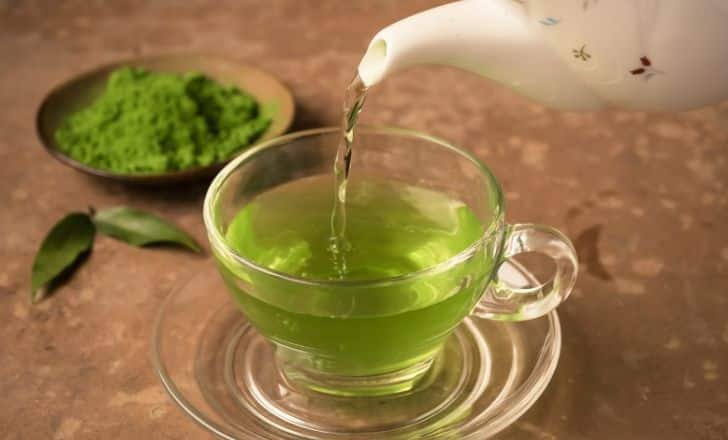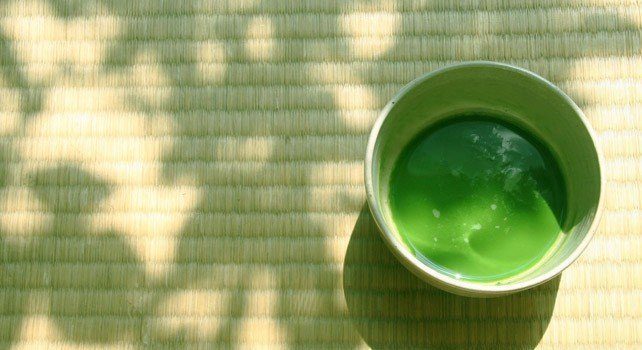If you’re new to this beverage or a lifelong drinker, then these facts on green tea will have you reaching for the kettle!
Green tea and its origins.

Green tea is traditionally made from the leaves of the Camellia senensis plant. The plant is a small leaf bush, with multiple stems, that can reach up to three meters in length.
It originates from China. The most popular locations for the plant are Sunset Peak and Tai Mo Shan in Hong Kong.
The leaves have been used in various beverages for over 4000 years.
Nowadays, the leaves and other parts of the plant can be used in dietary supplements, various health products, and even cosmetics.
China produces 80.8% of the world’s green tea, so it is no surprise that they export the most too (83%).
Cultivation practices.

The Camellia senesis plant can be grown in the sun and in the shade. The shoots produced will be harvested three times a year.
These time periods are; April to May, June to July, and, July to August.
After harvesting the leaves will be stored at low temperatures, before a thorough drying period, and blending and packaging for distribution.
Interestingly, the first crop in May tends to produce longer shelf life and a better flavor.
It can also be stored until the next year’s harvest where it will sell for a higher price.
How do you like your tea?

People make their green tea differently. Some measure out two grams of tea and add it to their cup, which contains 100 ml of hot water. Some suggest using only a teaspoon.
In ceremonies, the teapot should always be warmed first and tea leaves should always remain in the pot.
Hot water should be added as the tea is drunk and until the flavor fades.
A low-quality tea should be steeped (or brewed) for a maximum of three minutes, whereas a high-quality tea should be steeped for a minimum of thirty seconds.
It is believed that regular green tea drinkers are at a lower risk of developing heart disease and certain types of cancer.
It is also helpful when trying to lose weight.
While it does not guarantee you immediate weight loss, the oxidants in the tea help reduce fat digestion by inhibiting various digestive enzymes.

















